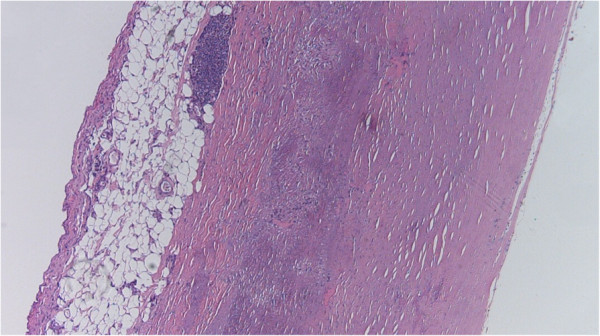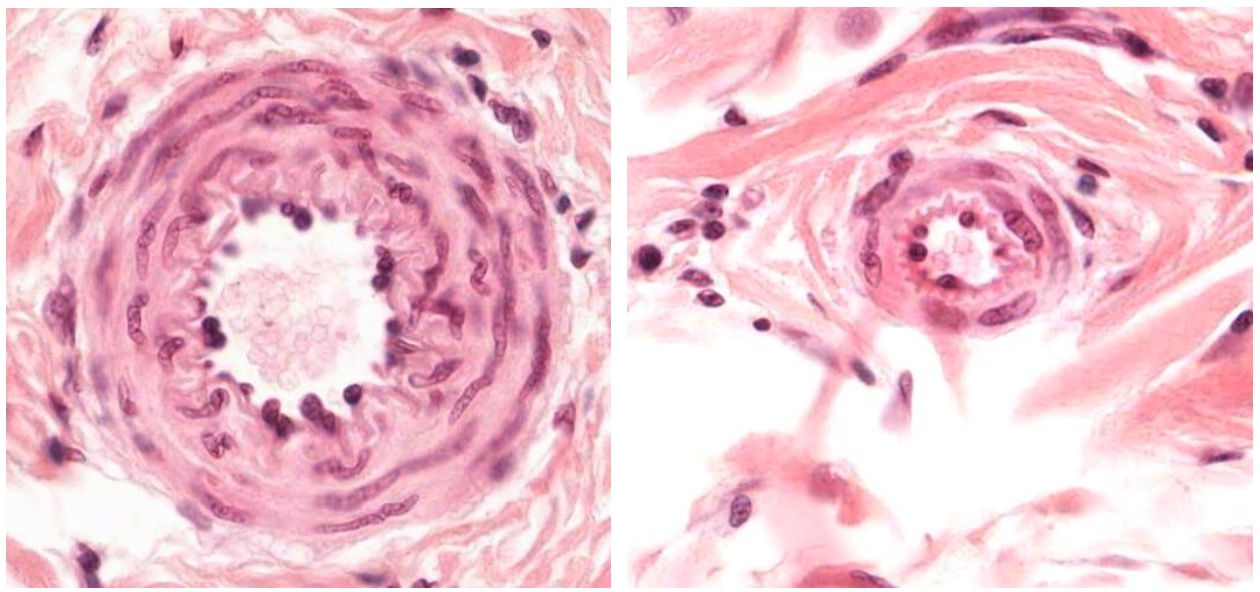Playlist
Show Playlist
Hide Playlist
Atherosclerosis: Supply
-
Slides Atherosclerosis Cardiovascular Pathology.pdf
-
Download Lecture Overview
00:01 Welcome back, let us take a look at our coronary artery disease, cardiovascular. With this topic, we begin referring to some of those physiologic concepts that we looked at earlier in terms of how does our heart exactly work? What does it require in terms of its activity? It requires energy, requires oxygen, it requires ATP. While there is really two components here that we are going to delineate and then we will go into a little bit of biochemistry that becomes extremely important for us. It is all part of once again connecting all the dots. 00:38 Let us first talk about the supply that is required for the heart so that it can work properly, so that it can create enough ATP through oxidative phosphorylation so on and so forth. What if the supply was cut off? Now we got issues. If the supply has been cut off, well now at this point the coronary arteries are not supplying enough oxygen to the heart. 01:02 Supply is being compromised. Atherosclerosis up and down the body is what you are thinking. 01:08 As soon as you hear the prefix athero, you should be referring to lipid. Earlier we talked about arterial. With arterio it is just an umbrella. There could be many types of pathologies taking place in a blood vessel that may result in arteriosclerosis or when it comes specific to athero with our topic of the supply being dropped decreased to the heart then has to refer to lipid accumulation within the, well in this case, a coronary artery. The lipid does not have to be specific. The lipid does not just have to target the coronary artery. 01:43 It can affect the peripheral blood vessels and, therefore, your patient may then present with claudication, peripheral vascular disease. Your patient might have issues with seeing properly, slurred speech, one side of the body, which is just quite weak. Welcome to stroke or cerebrovascular type of accident. So atherosclerosis can be up and down the body may be your male patient has a hard time getting it up. What does that mean? Erectile dysfunction. So what I am saying to you is make sure that you understand the full presentation of your patient before you come to any type of diagnosis to confirm it. So here atherosclerosis in the coronaries would then be called coronary arterial disease. Depending as to how much buildup of the lipid in their coronary artery is then going to dictate what kind of diagnosis you have and what kind of presentation you might have? What about this chest pain initially if let us say the atherosclerosis within the coronary artery was only 50 or 60 percent. This will be stable angina. There will be pain only upon exertion. What do you if you get passed 70 percent occlusion and get into 80, 90 percent? My goodness, gracious. The supply to the heart through the coronary artery is drastically diminished and we have issues now, even at rest. Welcome to unstable or crescendo type of angina. You see what I'm trying to get at. What is important for you to also keep clear is to make sure is that you delineate your cardiovascular diseases. What does that mean? Remember when you say cardiovascular, it is once again entire circulatory system including peripheral vascular disease, including cerebral vascular accident, including your coronary arterial disease. You call that cardiovascular disease. Is that clear? And that is how you and me as clinicians will then refer to your atherosclerotic process. But if it is specifically in the heart, then you call coronary arterial disease. Hope that is clear? What is my problem? Supply. What is going to happen? At some point, the heart is not going to work anymore depending as to level of occlusion.
About the Lecture
The lecture Atherosclerosis: Supply by Carlo Raj, MD is from the course Atherosclerosis: Basic Principles with Carlo Raj.
Included Quiz Questions
What is the mechanism by which atherosclerosis decreases the supply of oxygenated blood to the heart?
- Decrease in the diameter of coronary vessels
- Calcification of the arterial wall
- Decrease in the production of oxygenated blood
- Increase in the production of oxygenated blood
- Increase in the diameter of coronary vessels
How does stable atherosclerosis manifest when a patient has a 50 to 60% occlusion of a major coronary artery and increases their exertion?
- Stable angina
- Unstable angina
- Vasospastic angina
- Non-ST elevation myocardial infarction
- ST-elevation myocardial infarction
Customer reviews
5,0 of 5 stars
| 5 Stars |
|
3 |
| 4 Stars |
|
0 |
| 3 Stars |
|
0 |
| 2 Stars |
|
0 |
| 1 Star |
|
0 |
Dr Raj is my favorite lecturer on this site! I love his lectures and hope I see him more in future topics I need to study.
Best of all I loved it Tnx lecturio I am surprised Once more thank you so much. Big love.
Good attempt for explanation of such a wide and tough topic





